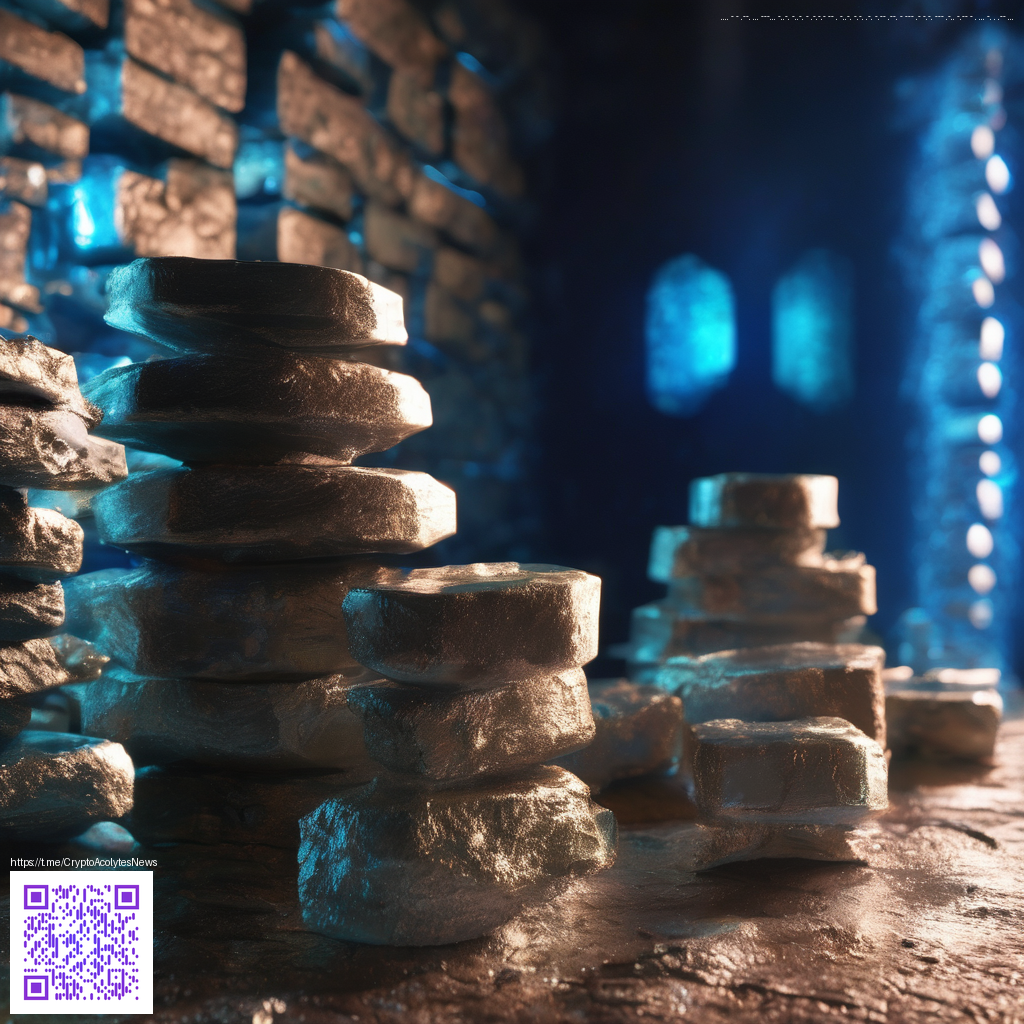
Terracotta as a Palette for Fantasy Realms
Terracotta opens a warm and tactile world for builders chasing fantasy vibes. Its 16 color family spans earthy ochres, sandy beiges, mossy greens, and rich browns that play nicely with wood, stone, and lush plant life. When you incorporate glazed terracotta patterns you gain mosaics and sigils that feel ancient as if a long vanished culture still whispers through the walls. This versatility makes terracotta a staple for desert temples, dwarven halls, and fairy tale villages. Used solo or as a color bridge between rough stone and living wood, terracotta helps create spaces that feel lived in and crafted by hand 🧱💎.
Why terracotta shines in fantasy landscapes
The charm comes from color variety and how light interacts with the blocks. The matte surface reads as weathered clay and stone, giving you a solid backbone for large builds. Glazed terracotta introduces lilting patterns that imply mosaics, runes, or decorative tiles without needing banners or extra blocks. Pair lighter tones with darker edges to convey arches, cornices, and staircases in a way that reads from a distance yet rewards close inspection. For towering spires or ceremonial gateways, a careful rhythm of color and pattern creates a bold silhouette that still feels grounded in a fantasy world.
Practical building tips for a cohesive palette
Start with a core palette of four to five colors that match your world mood. A desert city may lean on warm ochre and sand while a forest fortress favors greens and browns. Use terracotta for large wall surfaces and floors, then break up expanses with stone, wood, and living greenery. Don’t overlook texture a mix of flat blocks with stairs and slabs adds depth and character. If you want a magical aura dab glazed terracotta in select areas to mimic mosaics or sigils. A balanced blend of color and pattern keeps the build immersive without becoming overwhelming 🌲.
Techniques for large scale builds
Terracotta excels when you scale up. Build repeating tile patterns along long walls to create a sense of monumental architecture. Use darker terracotta as shadow bands along cornices to imply depth. For roofs and battlements mix terracotta with stone variants to simulate clay tiles and weathered masonry. Light palettes for interiors brighten spaces while a restrained exterior keeps the fantasy vibe intact. Think in modular chunks you can replicate across the build a workflow that makes grand designs feel approachable rather than intimidating.
Modding culture and creative workflows
Builders who love texture packs and mods flock to terracotta for new color options and surface details. Community packs often expand palettes and refine textures to pair beautifully with vanilla blocks. Many designers share schematics and run collaborative world projects that move quickly from concept to skyline. If you want more texture variety try chisel style mods and resource packs that provide carved surfaces and intricate patterns. The result is a thriving ecosystem where a single block becomes a canvas for narrative and world building 🧱💎.
Beyond visuals the practical side
Terracotta blocks are straightforward to mine and place. You can reliably harvest them with a pickaxe and work them into large surfaces without a ton of resource strain. Keep a stash of stained and glazed varieties in a dedicated chest so you can test color pairings on the fly as your design evolves. For interior spaces consider terracotta floors paired with warm wood planks and soft textiles to evoke a welcoming fantasy interior. Lighting matters a lot; hide light sources behind walls or under stairs to preserve the look while keeping the space safe. Small touches like contrasting window frames or railings can elevate the entire build.
Environment and context
Terracotta echoes desert and clay in a way that can also suit forest temples or icy ruins with careful shading. In a floating island setting you can use glazed patterns to suggest magical runes that glow under certain light levels. Cavern cities benefit from a mix of terracotta and stone to simulate weathered masonry and tile work. Lighting plays a crucial role in mood; warm glow can make a grand hall feel intimate, while cooler accents can emphasize mystery in a temple or tower. Think about how your build reads from a distance and up close the texture should reward players who pause to explore.
When designing fantasy realms consider a layered approach to space. A strong exterior silhouette sets the tone, and interior rooms reveal the artistry of color and texture. Terracotta serves as a reliable backbone that can carry bold design ideas while staying firmly rooted in Minecrafts tactile, craft driven world.
Getting started with your first terracotta project
Begin with a small plan a modest hall or courtyard helps you test color and proportion without getting overwhelmed. Lay out a mood board of your chosen terracotta tones and test them on a few square blocks to see how light and shadow affect the feel. Sketch a rough exterior using a pale base color as the ground level, then add darker borders along cornices and door frames. When you are satisfied scale up to a grander facade and keep the design modular so you can expand later without losing cohesion.
Support Our Minecraft Projects